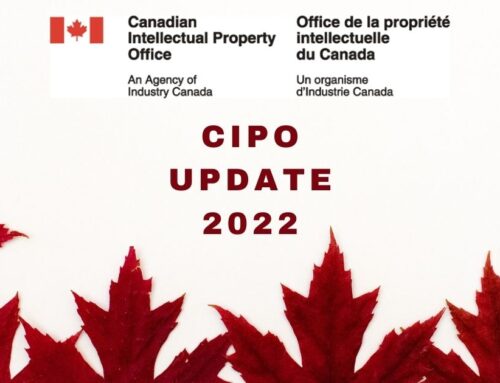The Canadian Intellectual Property Office (CIPO) tabled its Annual Report for 2016–2017 in Canada’s House of Commons on February 2, 2018. A copy of the full report can be found here.
In its notice to the profession CIPO wrote:
“Last year, we advanced our work to modernize Canada’s IP system, improve the quality of the IP rights we deliver, reduce processing times for clients, and increase access to Canadian IP data. We have a much better understanding today of the needs of our customers, and of the innovation cycle in which they operate. We are offering new programs and products to help innovators and creators make the most of their inventions and creative endeavours.”
The full report contains a lot of interesting information and commentary, and over the next while we will provide our own additional thoughts and comments on the state of Canada’s IP system and the direction it is, and/or should be heading. In the meantime, here are a few quick snapshots:
- A claimed reduction of almost 25% in terms of the time CIPO took to grant patent rights
- In November 2016 CIPO granted its one millionth patent, touting it as a milestone in the history of innovation in Canada.
- As of March 2017, the average turnaround times for dealing with IP filings – Patents – 34.6 months; Trade-marks – 27.2 months; Industrial Designs – 9.8 months.
The report also contains some interesting numbers with respect to patent and trade-mark statistics. Of the 26,960 patent registrations granted, 3,252 were granted to Canadian residents. Of the 34,126 trade-mark registrations granted, 14,985 were granted to Canadian residents. In other terms 88% of patents registered and 56% of trade-marks registered went to non-Canadian residents. These numbers are supported when one also examines the top filers, the vast majority of which are from outside of Canada.
Put in simple terms, Canada, like most countries, is a net importer of IP rights. Given the relatively small size of the Canadian population, this is not necessarily surprising. One of the key takeaways from the report however is that exclusive rights covering all manner of innovations are being secured in Canada by non-Canadian residents.
If the stats regarding patent grants are consistent then, of the one million patents granted as of November 2016, roughly 880,000 of them went to recipients outside of Canada. The claim therefore of this being a milestone in the history of innovation in Canada is misleading. The bigger question is how to make Canadians more aware of these realities, and improve Canada’s and Canadians’ world position in innovation and successful protection and commercialization.







Leave A Comment